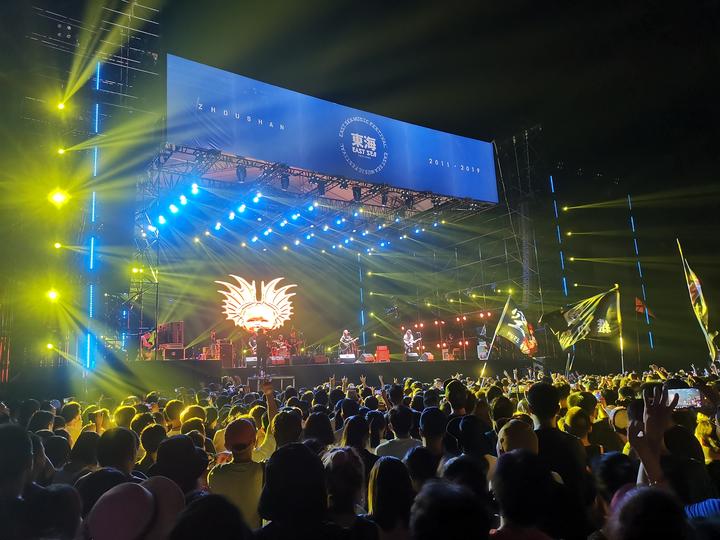The main points and skills of stage sound debugging
Stage sound effect is one of the important factors influencing the success of stage performances. It requires sound engineers to be skilled in the operation and debugging skills of sound equipment.
Different performances have different requirements for stage sound, so the sound system debugging, adjustment and tuning of each performance cannot be ignored. It is necessary to adjust the volume and mixing ratio of each sound source before the opening to get a better listening effect , Lower system noise and higher dynamic range.

First of all, it is necessary to estimate the total power consumption and rated power according to the stage audio settings to ensure that there will be no overload. Then check the audio source, such as noise, chaotic channels and other issues.
The most common problems of stage audio during the performance are howling, non-linear distortion, noise, frequency drift of the microphone, etc. How to solve these situations during the actual debugging?

Generally, the problem of howling is caused by the improper arrangement of speakers, which mostly occurs in the middle and high frequency bands. To avoid howling, place the speaker in front of the performance area as much as possible, and use the microphone as far as possible behind the speaker. Number the microphones according to the performance and mark them on the input channels of the mixer one by one to prevent the microphone from being picked up by mistake. Under the premise that the peripheral equipment and the power amplifier are debugged, adjust the gain of each input of the mixer from different sound sources, and then separately test the microphone activity range used in the performance area to test whether the wireless microphone is floating. During the performance Try not to exceed the fixed range of the microphone.
The noise is generally the background noise, that is, the inherent noise of audio equipment; hum, that is, the noise caused by the failure of the filter capacitance of the audio equipment or the aging, and the reduction in capacitance; Noise generated by the sound system. The noise floor can be reduced by selecting audio equipment with a high signal-to-noise ratio or using noise gates in the sound reinforcement system to avoid the need for periodic inspection of equipment for hum, to eliminate problems such as faults, poor connector contact, etc. Noise can be avoided by using different transformers for lighting and sound, cutting off the coupling through the internal resistance of the transformer, and shielding the power supply line from the silicon cabinet to the lamp, and reducing the electromagnetic interference of the power supply line through the air.

In addition, the commissioning of professional audio equipment should be carried out according to the location of the performance. The volume of the open-air performance is relatively large, and the indoor performance is relatively small. The artistic style of different performers also needs to have different sound effects. With audio attenuation and debugging of peripheral equipment, ideal sound effects are obtained.






